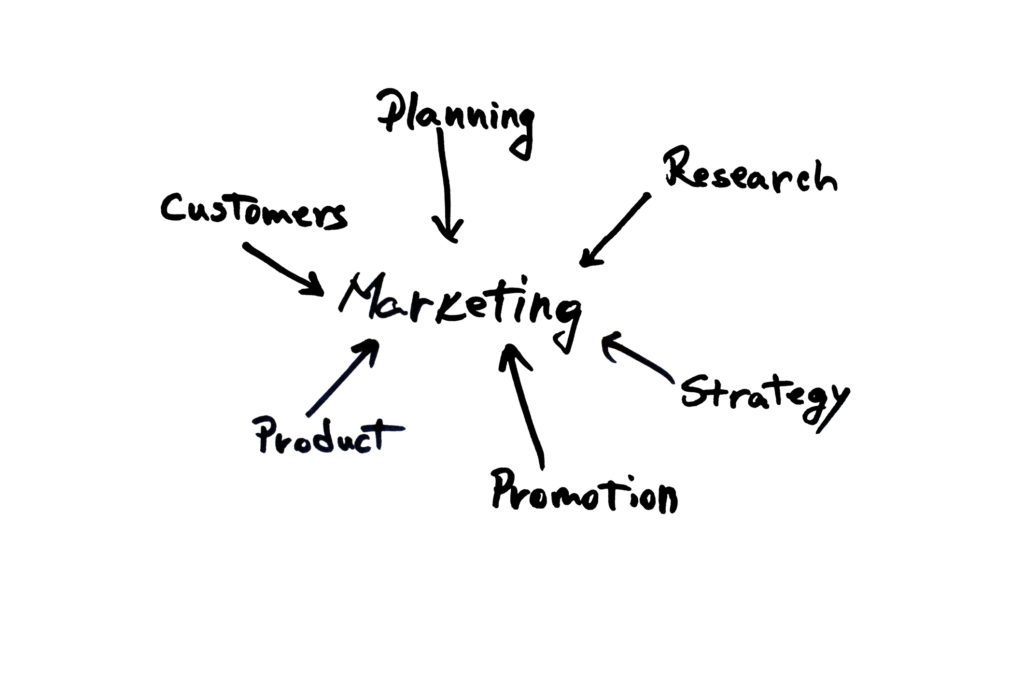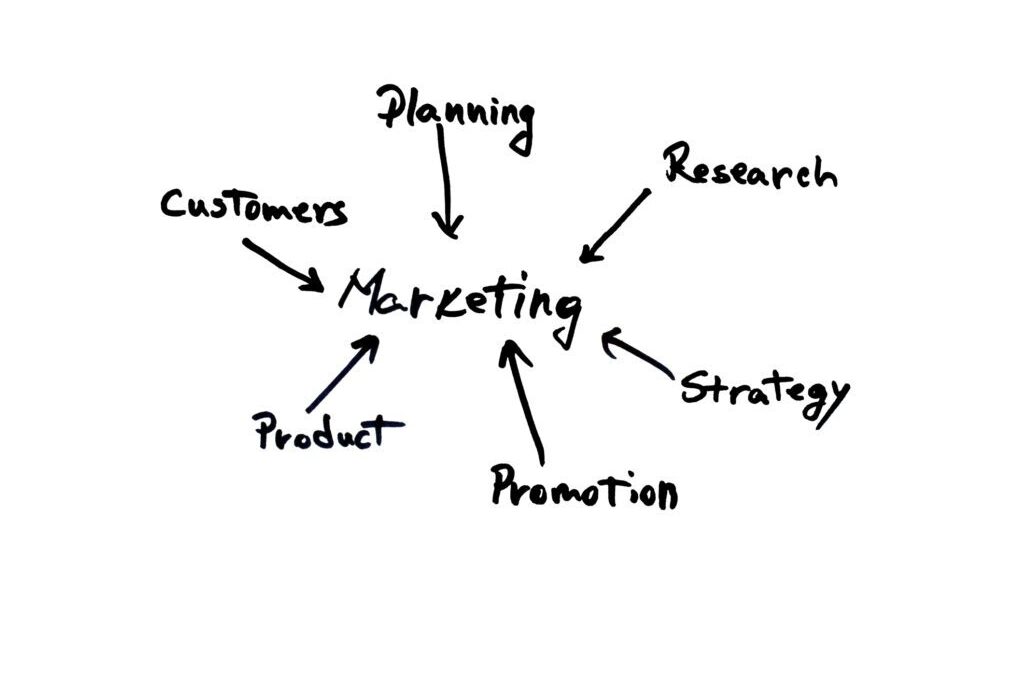
If you’re in marketing, you should really be busy right now—doing these three things.
The current situation is unprecedented. While many have faced tragic loss, all of us find much of our work and personal lives paused. On a positive side, the interruption has caused us to reflect on the important things in our lives—and it can provide a similar opportunity for our work.
With that in mind, marketing professionals should be busy right now. While campaigns may be paused, you have a unique opportunity to focus on really important things—the ones that have been crowded out by the less important, everyday work.
It’s natural. In marketing, we can’t neglect “making the donuts”. Campaigns have to be executed and maintained. Sales teams need support. New locations need to be opened. The CEO needs a presentation for the next board meeting. [Fill in your own three blanks.] We know we need to innovate, and test, and optimize, and reinvent. We talk about those things, but, darn it, we don’t have enough time to do them—or to give the full attention and resources they really need. We’re too busy making the donuts.
If your marketing campaigns have paused or scaled back, be thankful! You’ve been given the opportunity to elevate your focus. Here are three things you should be doing right now:
- Measure the impact of your marketing campaigns and initiatives through February 2020.
Good measurement of your marketing efforts is a necessity, and I’m shocked when I encounter organizations who are not doing it in a timely and accurate fashion. Long past are the days when Marketing could spend money (lots of it) and not be able to show what the organization got for it. And your measurement must be through purchase. You’re not in the “click” business, or “awareness” business, or “intent” business. In fact, all those valid metrics are designed as leading indicators or remedial levers to effect the important one: revenue. At the end of the day, the organization must know from you: What did we spend? What did we get? What worked? What didn’t?
2. Question the status quo.
It is amazing how many marketing efforts are based on one of four influences:
- Intuition
- “We’ve always done it that way.”
- A creative idea divorced from a data-derived insight or strategy
- A focus group of one
Too many. It’s also quite common that a campaign strategy starts out as strategically sound, but it devolves over time as various stakeholders wield their influence and as external factors change. What once made good sense, no longer does. It no longer serves the interest of both your organization and your target customer.
I’ll add just one example here. I met with a client to review a study we performed for them about their customers. They were greatly appreciative, and they asked that I share the insights with their general advertising agency. Two weeks later I did. The agency folks were likewise appreciative, but after a long, difficult pause they added, “We only wish we had access to this information six weeks ago. We just executed a million-dollar, national print-buy directed at the wrong demographic. We thought their customer was more affluent than what you’ve shown.”
A lot of marketing decisions are being made by what someone thought. Or intuited. Or they just repeated what was done last year. Now you have the chance to ask why, and to square your strategies with the truth.
3. Spend time uncovering and understanding the financial implications of your Marketing efforts, and perhaps reorient the thinking in Finance.
Sometimes it seems like Marketing people and Finance people are from different planets. Unfortunately, it’s not surprising to still hear the statement, “I wasn’t good with numbers, so I went into marketing.” Not only do Marketing people need to be good at the numbers and have a reasonable understanding of Finance, in some organizations you may need to enlighten some in the Finance function on how the numbers really work.
One of the most important metrics for marketers is Cost per Acquisition (CPA). You should know the CPA for every campaign (see Point 1 of this blog post). You should also have a Target CPA for every product, and it should vary for new customers versus a product sale to an existing customer. The Target CPA is the amount the organization should be willing to pay to acquire a new mortgage loan, or Urgent Care patient, or enrolled student [fill in your own product] and feel good about the investment. This is where you’ll want to be in sync with Finance, and the rub is generally the costs beyond marketing costs that Finance assigns to the new customer or product sale.
For clarity, I’ll provide a simplistic example. You can extend the example to your specific business. A mattress company owns two retail locations, and they operate a business office in a separate location that houses accounting, a buyer, and the CEO. Each store employs four salespeople and two delivery people. A mattress set sells for $3000 of which $1500 is gross profit. Delivery costs and store sales commission directly related to the sale of a single mattress set is another $300. There are another $100 in transaction-related fees and back-end accounting. That leaves a value of the sale so far at $1100. As a marketer, you might conclude that a marketing campaign with a CPA of $500 (e.g., you spend $50,000 in a campaign that generates 100 new mattress set sales) is a darn good deal for the company—its more than a 100% ROI!
“Not so fast,” Finance bellows, “someone’s got to pay the light bill around here.” The idea is that the sum total of all sales has to cover every expense of the company: rent, salaries, and the light bill! The trick is all sales do have to cover or exceed all expenses, but is the right way to calculate the Target CPA to allocate a share of all expenses equally across every sale (i.e., fully-allocated cost)? You should argue against it. Ask these questions: “Will the 100 new mattress sales your campaign generates add to the rent expense? Will you be using more electricity? Will you have to add another buyer or FTE to accounting to accommodate these additional sales? Since the answer is no, why should you burden those sales with inflated costs? To be fair, there are some circumstances where you should allocate some costs to accommodate scale (at some tipping point of incremental sales, you have to add staff or upgrade a computer system), but it is never all expenses. In fact, the mistake of overburdening costs, can lead to horrible decision-making.
Let’s get to work.
Further reading: These topics are explored more fully in Jim Alcott’s short book, Big Miss: Ignoring the Laws and Underlying Forces of Marketing, which provides practical guidance for organizations to implement data-driven marketing and decision-making.

